Ride the waveform, lock the rhythm
Keep exploring
Continue your Untime session with more narrative adventures, action trials, and puzzle standouts.

Human Expenditure Program

Pips NYT
Growden io

Steal A Brainrot Unblocked
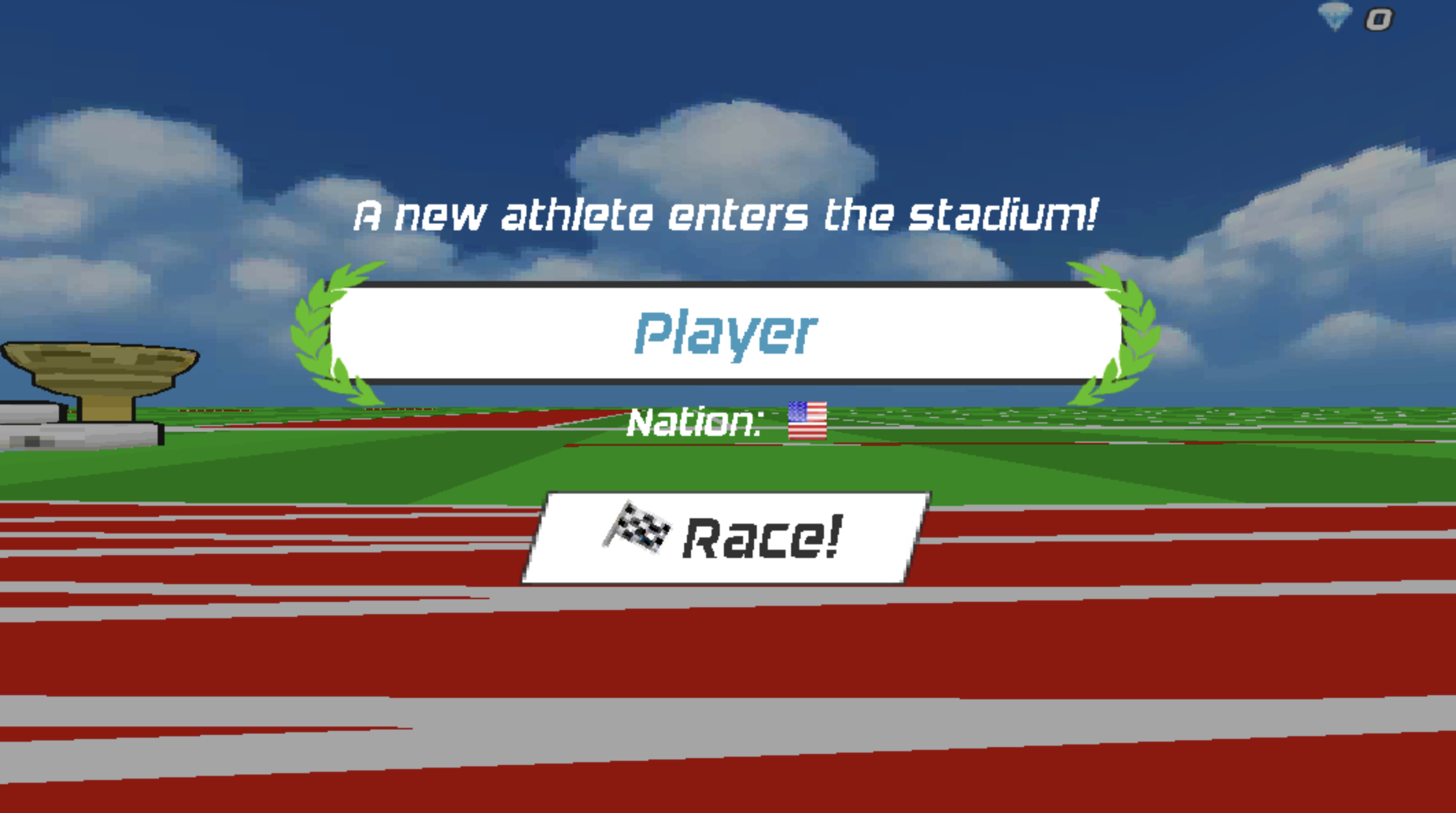
Speed Stars
Polytrack
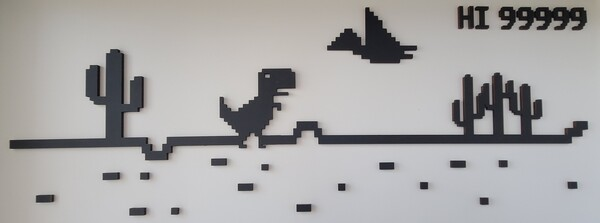
Dino Game
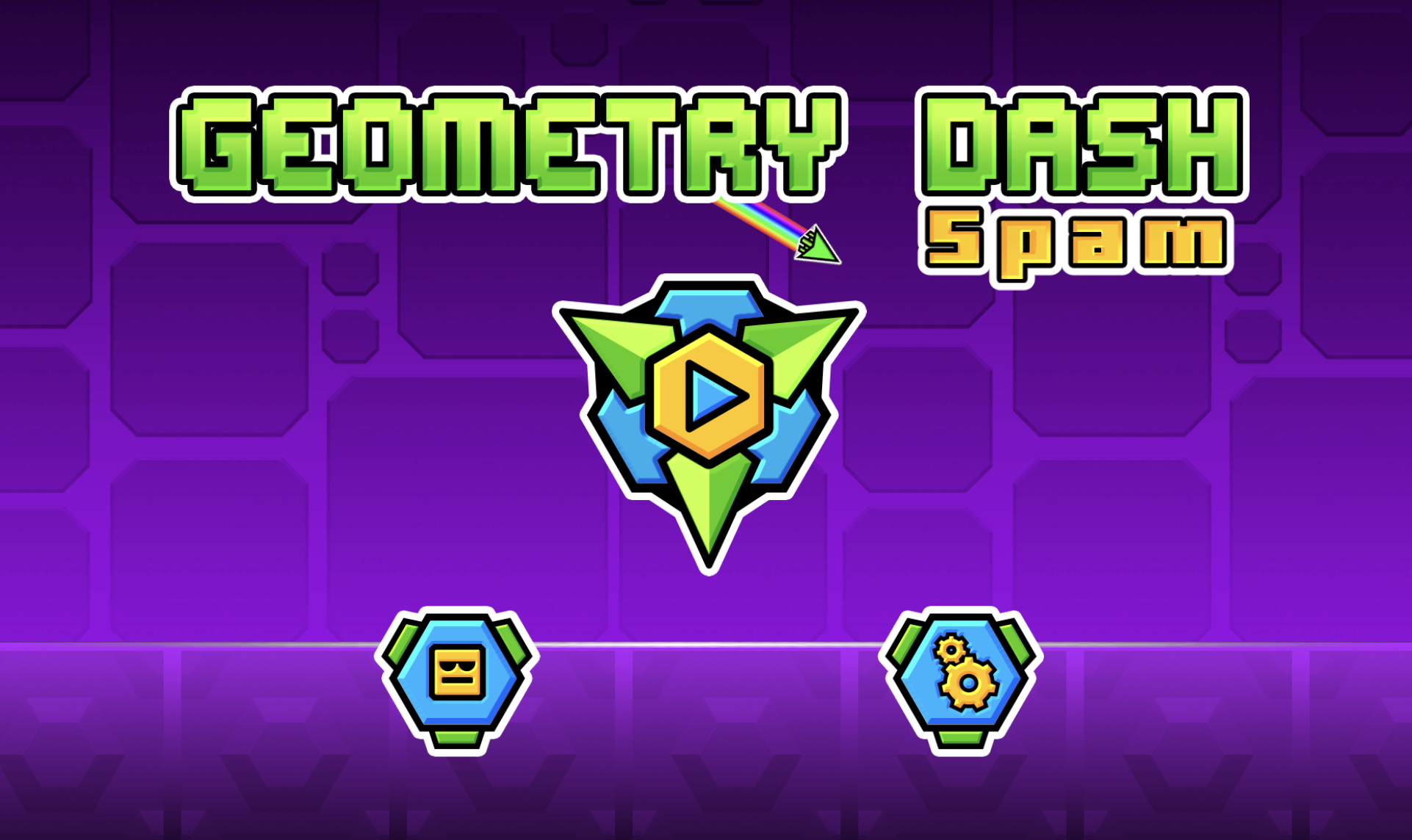
Geometry Dash Spam

Fireboy and Watergirl: Elements

Take Care of Your Own Shadow Milk
Geometry Dash Wave: ride angles, read beats, react fast
Drop in, trace the line, and make rhythm your autopilot
Geometry Dash Wave focuses on the ultra-responsive ship that rises when you press and falls when you let go. Instead of juggling full-level variety, you drill the single skill that separates casual clears from elite consistency: maintaining crisp, micro-precise angles at speed while music cues telegraph the next squeeze. Geometry Dash Wave strips the experience down to pure signal—no distractions, just you, the waveform, and a corridor that demands perfect, beat-aware input.
Wave-first design that respects your time
Geometry Dash Wave launches instantly and restarts in a blink, letting you stack meaningful reps without menu friction. Because the ship reacts immediately to even feather-light taps, you feel every decision and can correct your line within a beat. Geometry Dash Wave rewards tiny adjustments, not wild swings; you’ll build a steady hand, develop a sense for how far a 50 ms tap moves the nose, and learn to treat the soundtrack like a metronome for your climb and dive pulses.
Why this mode is the perfect warm-up and the perfect grind
Geometry Dash Wave doubles as a five-minute primer and a long-session training ground. As a warm-up, Geometry Dash Wave wakes up your click rhythm and calibrates your sensitivity so your first full-level attempt isn’t wasted on cold fingers. As a grind, Geometry Dash Wave introduces strict tunnels, micro-gaps, and alternating slopes that require sustained concentration at rising speeds. The payoff is tangible: you’ll feel your confidence return to demon-tier wave segments across the series.
Mechanics you’ll master through repetition
Geometry Dash Wave teaches three pillars. First is tempo: align taps and releases to the track’s pulse so acceleration and deceleration sync with hazard spacing. Second is angle control: hold a fraction longer to crest a ridge or pulse twice for a compact S-curve. Third is anticipation: scan three obstacles ahead and pre-rotate your mental joystick so the ship is already rising as the corridor narrows. In Geometry Dash Wave, these pillars converge into a flow state where your ears guide your hands and your eyes verify the line.
Difficulty that scales with your growth
Early lanes in Geometry Dash Wave are forgiving, teaching you to chain short pulses without overcorrecting. Mid-tier routes compress the safety margin, introducing diagonal stacks and fake-outs that dare you to chase a greedy apex. Advanced paths in Geometry Dash Wave push CPS endurance and pattern recognition, mixing wide-to-thin funnels, offset spikes, and staircase corridors that punish late releases. Checkpoints ensure you can lab the exact shape that betrays you, polishing the movement until it’s automatic.
Practical tips that translate to full levels
Keep the cursor or finger in a relaxed neutral so micro-motions stay consistent; white-knuckling leads to jitter. In Geometry Dash Wave, think in musical phrases: mark every fourth beat as a mental measure, and plan where your climb starts relative to that anchor. If you’re overshooting peaks, shorten your holds by ten percent and compensate with more frequent pulses. When Geometry Dash Wave throws asymmetric patterns, imagine the corridor as bands of safe altitude—ride the center of a band rather than hugging the edge.
Building endurance without burning out
Set mini-goals inside Geometry Dash Wave—ten clean passes at a given checkpoint, then nudge speed. Alternate two patterns so you don’t hardwire a single cadence. Use short breaks to preserve form; a 60-second reset keeps your micro-control sharp. Geometry Dash Wave turns this discipline into visible results: fewer panicked spikes, smoother transitions, and steadier rhythm once you return to the broader campaign.
For newcomers and veterans alike
If you’re new, Geometry Dash Wave provides a safe lab to understand why your ship rockets upward on long holds and how to stop the see-saw. If you’re a veteran chasing leaderboards, Geometry Dash Wave is the sparring partner that never tires, revealing tiny inefficiencies in your tap timing. The mode respects your expertise by scaling its corridors and keeping feedback instant so you can iterate faster than your habits can set.
Audio as your invisible coach
Soundtracks in Geometry Dash Wave aren’t just decoration; they’re your clock. Off-beat taps drift into spikes, on-beat pulses thread the eye. Train your ear to catch hi-hat patterns and bass drops; Geometry Dash Wave often places squeezes on the upbeat, teaching you to rise early and drop late. When the music phrases change, expect the corridor to flip its slope language, and adjust your pulse spacing accordingly.
Checkpoint-driven learning that sticks
Stalling out at the same slanted choke is part of the process. Geometry Dash Wave turns that frustration into progress with checkpoints that drop you right back at the lesson. Run ten attempts, watch the line settle, and file the timing into muscle memory. Geometry Dash Wave makes improvement obvious: the gap that felt impossible becomes a groove you can’t miss.
Session blueprint for quick gains
Start with a slow lane in Geometry Dash Wave to lock your neutral rhythm. Move to a medium corridor with alternating slopes and practice two-tap S-curves until your corrections disappear. Finish with a high-speed micro-gap stretch to cap your session. Note where your inputs fall apart—usually at speed transitions—and focus your next Geometry Dash Wave block on smoothing those handoffs.
Technical tuning for clean input
Reduce input lag by closing extra tabs, disabling heavy overlays, and keeping your polling rate steady. Geometry Dash Wave doesn’t require exotic gear, but stable latency makes micro-tapping feel predictable. If your holds drift long, lower sensitivity or widen your grip so finger travel becomes deliberate. Keep water nearby and shake out tension between sets; sustainable control keeps Geometry Dash Wave fun instead of fatiguing.
Mindset that converts practice into wins
Treat misses as data: what beat were you on, and how many milliseconds late was the release? Geometry Dash Wave rewards curiosity over ego; players who analyze calmly see faster gains. Celebrate consistency streaks more than lucky clears. When nerves spike, exhale on the downbeat and let the track carry your hands. Geometry Dash Wave turns anxiety into flow when you trust the rhythm and commit to the line.
From drill to dominance
After a week of short sessions, return to your toughest wave segment in a full level. You’ll notice earlier climbs, tighter apexes, and fewer emergency taps. That’s the transfer effect of Geometry Dash Wave: a distilled, music-led arena where control hardens into instinct. Keep stacking reps, keep listening to the measures, and let Geometry Dash Wave be the reliable training partner that raises your ceiling one pulse at a time.
Ride the waveform, lock the rhythm is ready to play
Sharpen wave control and rhythm timing in fast, music-synced corridors. Practice angles, checkpoints, and CPS to prepare for demon-level runs.
Share Ride the waveform, lock the rhythm
Spread the word, invite friends, or bookmark this page to revisit the story whenever you need it.